Yongmeorihaean Coast (용머리해안)
Yongmeorihaean Coast (용머리해안)
 – Homepage
– Homepage
www.visitjeju.net
https://www.instagram.com/6sot_official
– Tel
+82-64-760-6321
Yongmeorihaean Coast is a hydrovolcano rocky shore formed by the accumulation of volcanic debris erupted from three craters under the sea. The coastal cliffs look like a dragon’s head (‘Yongmeori’) due to long periods of sedimentation and erosion. The oddly shaped cliffs created by the waves provide a magnificent scene. The shore platform by the sea serves as a walking trail. Along the road down to the seashore is the Hamel Monument, in remembrance of Hamel who drifted to this place.
– Address : 28 Sagyenam-ro 216beon-gil, Andeok-myeon, Seogwipo-si, Jeju-do
※ Presentation Information
– Information and Guides
+82-64-760-6321
– Parking
Available
– Day Off
N/A (Open all year round)
– Operating Hours
09:00-17:00 (Last admission 16:30)
※Please cheack visit time before visiting because the visit time changes depending on the low tide and high tide
– Admission Fees
Adults 2,000 won / Children 1,000 won
* Free admission for senior citizens
– Restrooms
Available
– Parking Fees
Public parking lot – free
Private parking lot – paid
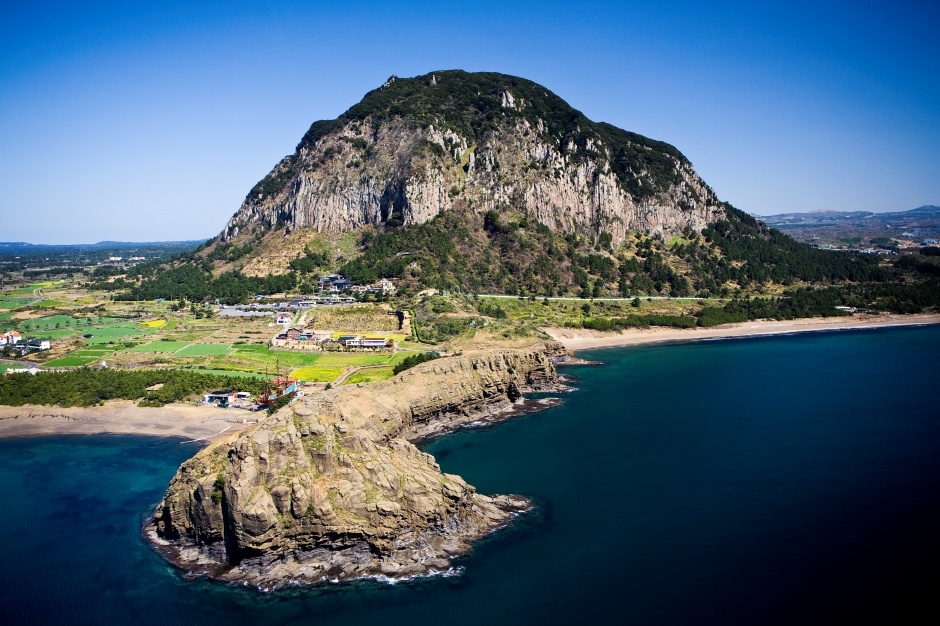


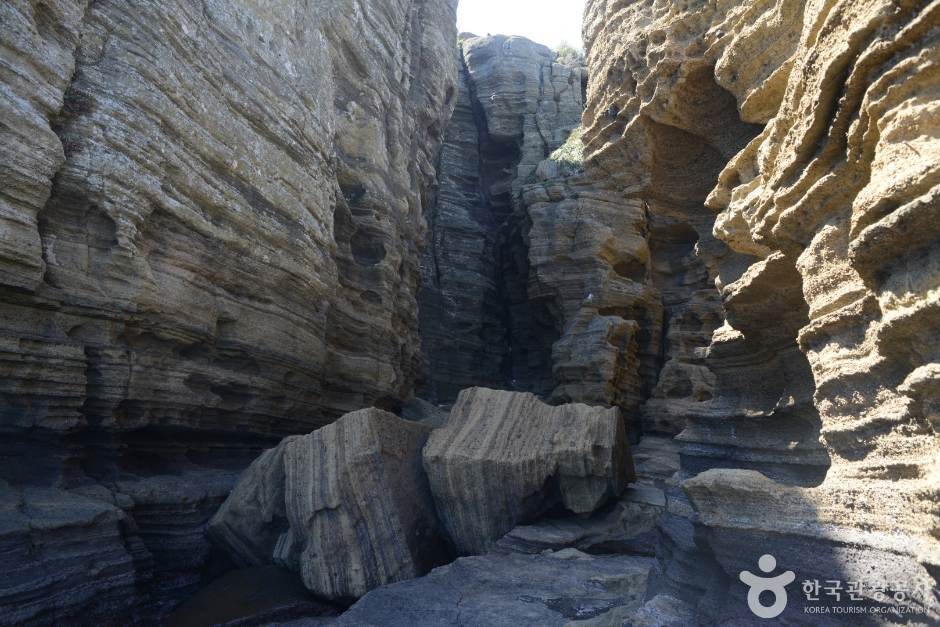
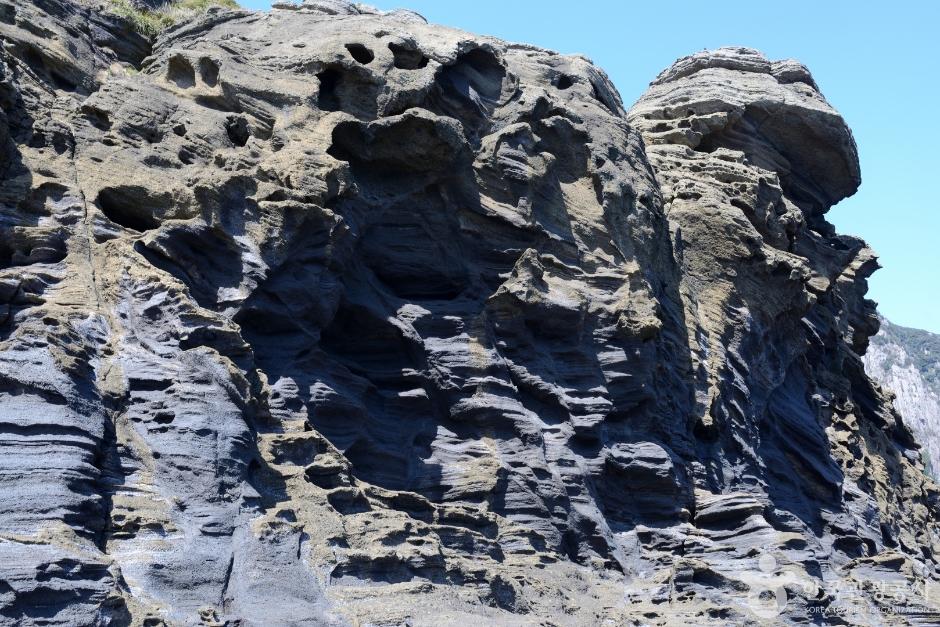

◎ Nearby Tourism Infobox
⊙ Sanbangsan Mountain (Jeju) (산방산(제주))

– Homepage
www.visitjeju.net
– Tel
+82-64-794-2940
Sanbangsan Mountain, meaning “mountain with a cave,” is home to Sanbanggulsa Temple, a small temple located at the foot of the mountain where a Buddha statue is enshrined. According to Jeju mythology, it is said that the grandmother deity, Seolmundae Halmang, tossed aside a rock from Hallasan’s summit, forming this mountain. Standing at 395 meters above sea level on the southwestern coast of Jeju Island, Sanbangsan Mountain boasts vibrant fields of mustard flowers in spring, creating a picturesque view against the backdrop of the mountain.
⊙ Sanbangsan Canola Field (산방산유채꽃밭)

The Sanbangsan Canola Field is located next to the public parking lot in front of Sanbangsan Land, making it very easy to find. The vast fields create a beautiful landscape of yellow blossoms before the backdrop of Sanbangsan Mountain. The flowers are usually at peak bloom in March. In addition to Sanbangsan Mountain, other nearby attractions include Yongmeorihaean Coast, and Sagyehaean Coast.
⊙ Sanbanggulsa Grotto – Jeju (산방굴사(제주))
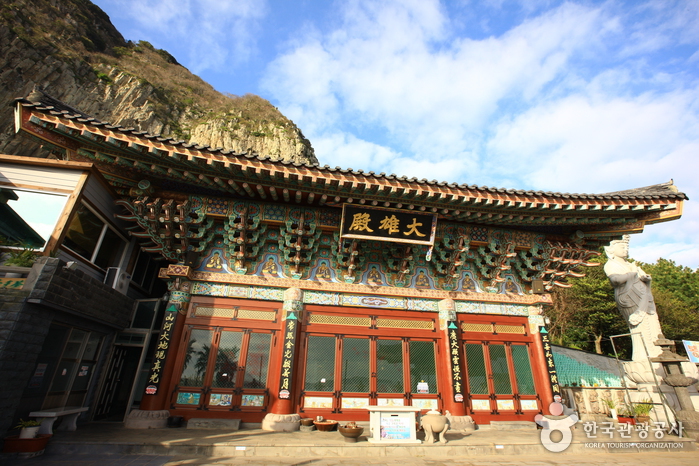
– Homepage
www.visitjeju.net
– Tel
+82-64-794-2940
It is said that the peak of Hallasan Mountain where Baekrokho Lake now exists was taken off and thrown away, which then became Sanbangsan Mountain. The myth describes how unlike other mountains on Jejudo Island, this mountain does not have a crater. The 5m-high rock cave at the cliff on the southwest side of the mountain was originally called Sanbanggul Cave, but it is called a temple now because it possesses a Buddhist statue.
This is where monk Hye-Il (964~1053) had lived during the Goryeo dynasty (918~1392)
Inside the cave, you can see Marado Island and the Dragon Head Coast. You can also see small ponds being made by the water drops that fall from the ceiling all through the year. The plant zone on a cliff of Sanbangsan Mountain is also designated as a natural monument. It is the only place on Jejudo Island where island boxwoods grow. On the Dragon Head Coast is the Hamel Memorial Monument.
⊙ Sagyehaebyeon Beach (사계해변)
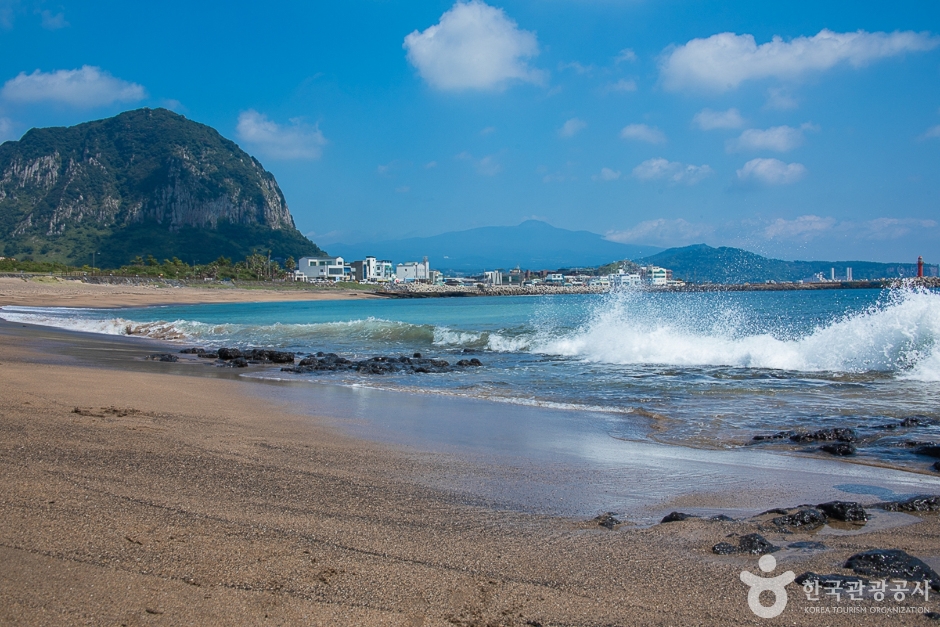
– Homepage
www.visitjeju.netr
Sagyehaebyeon Beach is located at the foot of Sanbangsan Mountain. Created by wind, waves, and the geological features of the sedimentary layers in Hwasun-ri, the large and small marine potholes look like craters on the moon. Due to the geographical characteristics, the scenery is more beautiful if seen at low tide.
⊙ Jinmi Myeongga (진미명가)
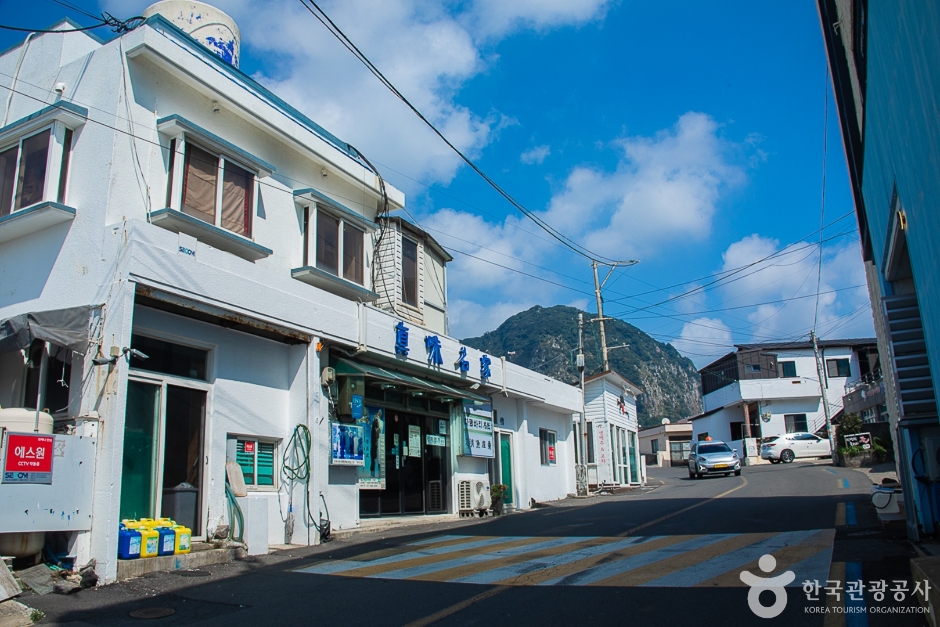
Jinmi Myeongga, under the ownership of Chef Kang Chang-gun, a saw-edged perch maestro, offers an extensive menu of over 30 dishes derived from a single saw-edged perch. Established in 1983, it has become a favored dining spot for Korean presidents and global leaders. Guests ordering Jeju’s natural saw-edged perch are treated to hoe (raw fish), ppyeo jiriguk (bone fish soup), and an assortment of side dishes, where the hoe is noted for its chewiness and the fish soup for its rich flavor. It’s advisable to make a reservation before visiting.
⊙ Jeju Sanbangsan Carbonate Hot Springs (제주 산방산탄산온천)
– Homepage
tansanhot.com (Korean only)
– Tel
+82-64-792-8300
Jeju Sanbangsan Carbonate Hot Springs is a carbonate hot spring that contains the main carbonic acid components (free carbonic acid, bicarbonate, sodium, etc.). It is said that this enhances blood circulation, lowering blood pressure and reducing the burden on the heart. It is also beneficial for skin care and fatigue recovery, making it a perfect place to relax after a long day of exploring Jeju. There is an indoor bath designed with glass inside as well as an outdoor open-air bath, so visitors can bathe while enjoying the view of Sanbangsan Mountain and the deep blue sea.
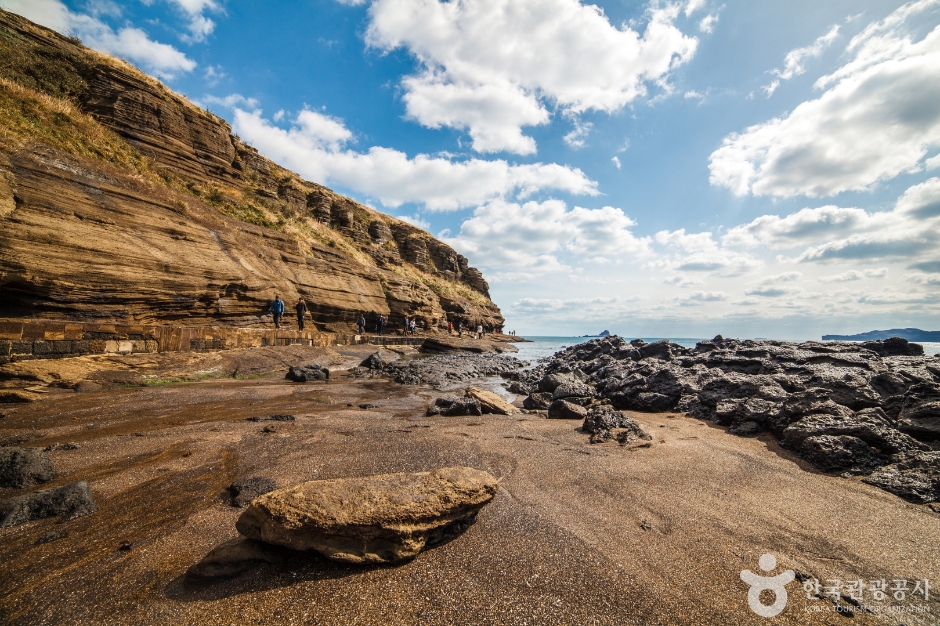
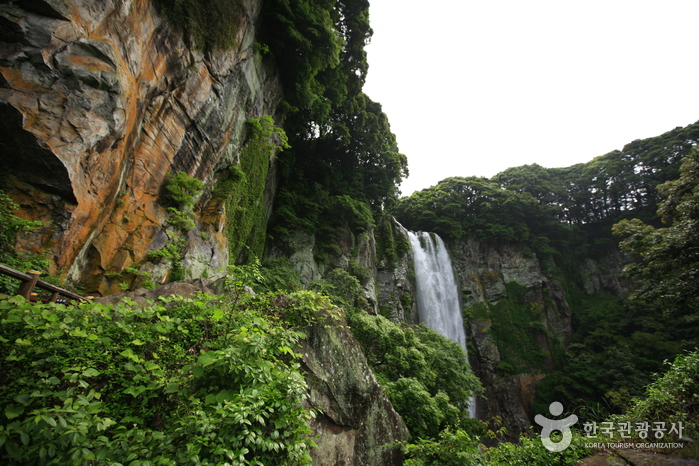
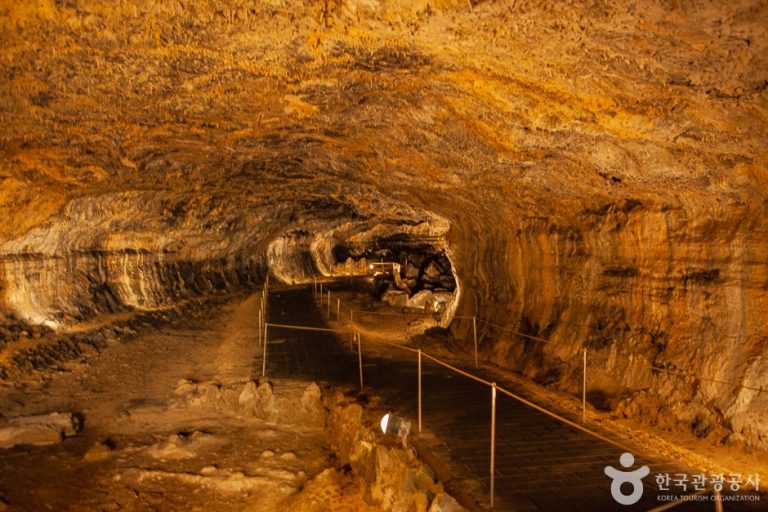
![New Balance – Gujeju Branch [Tax Refund Shop] (뉴발란스 구제주)](https://ktrip.blogsailing.com/wp-content/uploads/2025/11/2887579_image2_1-1-20251124-031453-768x576.jpg)
3 Comments